Saving tomato seeds is a simple yet powerful gardening skill that helps preserve your favorite varieties, ensures sustainability, and enhances your future harvests. By carefully selecting, processing, and storing seeds, you can grow healthy, robust tomato plants year after year—without spending extra money on new seeds.
This guide will walk you through the best methods to save tomato seeds, whether or not you should ferment them, and how to store them for long-term viability.
Why Should You Save Tomato Seeds?
Saving tomato seeds is a great way to grow tomatoes every year without buying new seeds. Here are some good reasons to save your own seeds:
- You will always have seeds, even if stores run out.
- It is easy, even for beginners.
- You save money because you don’t need to buy seeds again.
- Your seeds will grow well in your local area.
- You can keep the best traits from your strongest plants.
- You will learn a useful gardening skill.
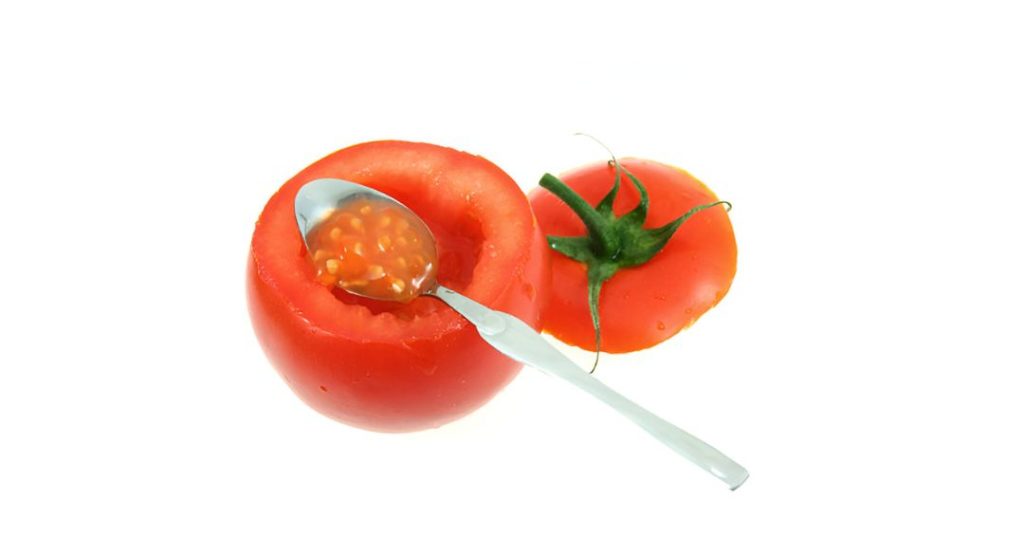
đź’ˇ Related Tip: Prevent common tomato issues before they start! Learn how to prevent tomato rot.
Which Tomato Seeds Can You Save?
Open-Pollinated and Heirloom Tomatoes (Best for Saving)
- These tomatoes grow naturally and are pollinated by wind or insects.
- They produce seeds that grow into the same type of tomato every year.
- Heirloom tomatoes are the best choice because they have been saved for generations.
Hybrid and GMO Tomatoes (Not Good for Saving)
- Hybrid tomatoes are created by crossing two different varieties to achieve specific traits.
- GMO (Genetically Modified) tomatoes are engineered in a lab and may not reproduce the same characteristics.
- These tomatoes will not grow true to type, meaning their seeds may produce unpredictable results.
đź’ˇ Tip: Look at the seed packet—if it says “heirloom,” the seeds are good for saving.
When to Harvest Tomatoes for Seed Saving
- Leave tomatoes on the vine longer than usual so they become fully ripe.
- A ripe tomato has mature seeds inside, making them better for saving.
- Choose tomatoes that are disease-free and from your healthiest plants to ensure strong genetics.
đź’ˇ Pro Tip: Staking your tomato plants can improve fruit quality. Read more on how to stake tomatoes.
Why Do You Need to Ferment Tomato Seeds?

Tomato seeds are covered in a gel-like coating that prevents premature germination. In nature, this coating breaks down when the tomato rots.
Benefits of Fermenting Tomato Seeds:
âś” Removes the gel coating, allowing for better germination.
âś” Kills bad bacteria and mold, reducing disease risk.
âś” Improves storage life by preventing seed clumping.
Step-by-Step Guide: How to Save Tomato Seeds
What You Need:
- Ripe tomatoes
- Knife and cutting board
- Mason jar
- Water
- Cheesecloth or towel to cover the jar
- Wire mesh sieve
- Paper plate (non-coated)
- Envelope or small container for storing seeds
Step 1: Get the Seeds
- Cut the tomato in half.
- Squeeze the seeds and juice into a mason jar.
- Cover the jar with a cheesecloth or towel to keep bugs out.
Step 2: Start Fermentation
- Place the jar in a warm spot like the top of your refrigerator.
- Keep it at 70°F or warmer.
- Let the seeds sit for 24 to 36 hours, up to 3 days.
- When you see bubbles forming, fermentation is done.
Step 3: Clean the Seeds
- Fill the jar three-fourths full with water.
- Close the lid and shake well.
- Let the seeds settle.
- Throw away any seeds that float—they are not viable.
- Repeat this process until the water runs clear.
Step 4: Dry the Seeds
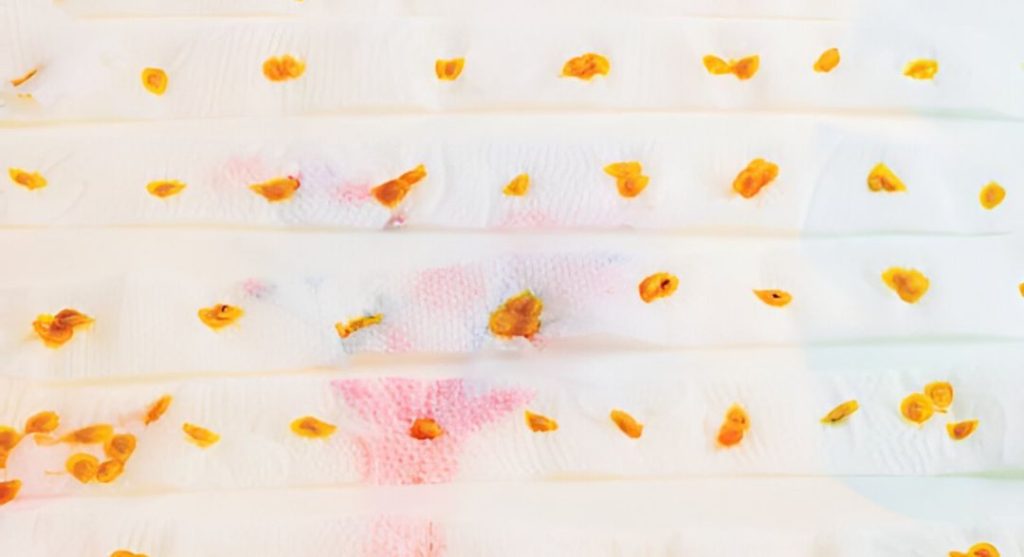
Drain the seeds using a wire mesh sieve.
Spread them on a paper plate or coffee filter.
Let them dry in a warm, ventilated area for two to three days.
Use a fan to speed up drying if needed.
💡 Tip: Avoid using a paper towel—seeds can stick to it and become hard to remove.
Step 5: Store the Seeds
- Place the completely dry seeds in an envelope, jar, or airtight container.
- Label with the tomato variety and date saved.
- Store in a cool, dark, and dry place.
đź’ˇ Bonus: Prevent fruit splitting while your tomatoes grow! Read about how to prevent tomato splitting.
How Long Can You Store Tomato Seeds?
- 2 years in a dry container at room temperature.
- Up to 5 years in the refrigerator or freezer—just ensure seeds are completely dry before freezing.
How to Test If Old Tomato Seeds Will Grow
To check if stored seeds are still viable, perform this germination test:
- Place a few seeds on a damp paper towel.
- Seal in a plastic bag and keep in a warm place for 5 to 7 days.
- If more than 70% of the seeds sprout, they are still good for planting.
What Can You Do with the Leftover Tomatoes?
After removing the seeds, the rest of the tomato is still useful. Try making:
- Tomato paste – Perfect for sauces and soups.
- Sun-dried tomatoes – Adds intense flavor to dishes.
- Tomato sauce – A kitchen essential for pasta and pizza.
- Dehydrated vegetable powder – Great for boosting flavor in recipes.
Frequently Asked Questions
Can You Save Seeds from Store-Bought Tomatoes?
Yes, but many store-bought tomatoes are hybrids, meaning their seeds might not produce identical fruit. If you want consistent results, choose heirloom or open-pollinated varieties.
Is Fermentation Necessary?
While not strictly required, fermentation improves germination rates and reduces disease risk. It is highly recommended for long-term seed saving.
Can I Dry Seeds in the Oven or with a Dehydrator?
No. Excess heat can kill the seed embryo, making them unable to germinate. Always air-dry seeds naturally.
đź’ˇ Expert Tip: Hand-pollinating can increase your tomato yield. Learn how to pollinate tomatoes by hand.
A Historical Method for Saving Tomato Seeds
In 1920, Dr. W.A. Huelsen described a cost-effective method of saving, cleaning, and drying tomato seeds. This technique, used in connection with the canning industry, ensures both seeds and tomato pulp are efficiently utilized. To explore this historical method, check out his book on Google Books.
Final Thoughts
Saving tomato seeds helps you grow strong, healthy plants every year. It is a sustainable, cost-effective way to preserve your favorite varieties, reduce reliance on store-bought seeds, and build a self-sufficient garden.

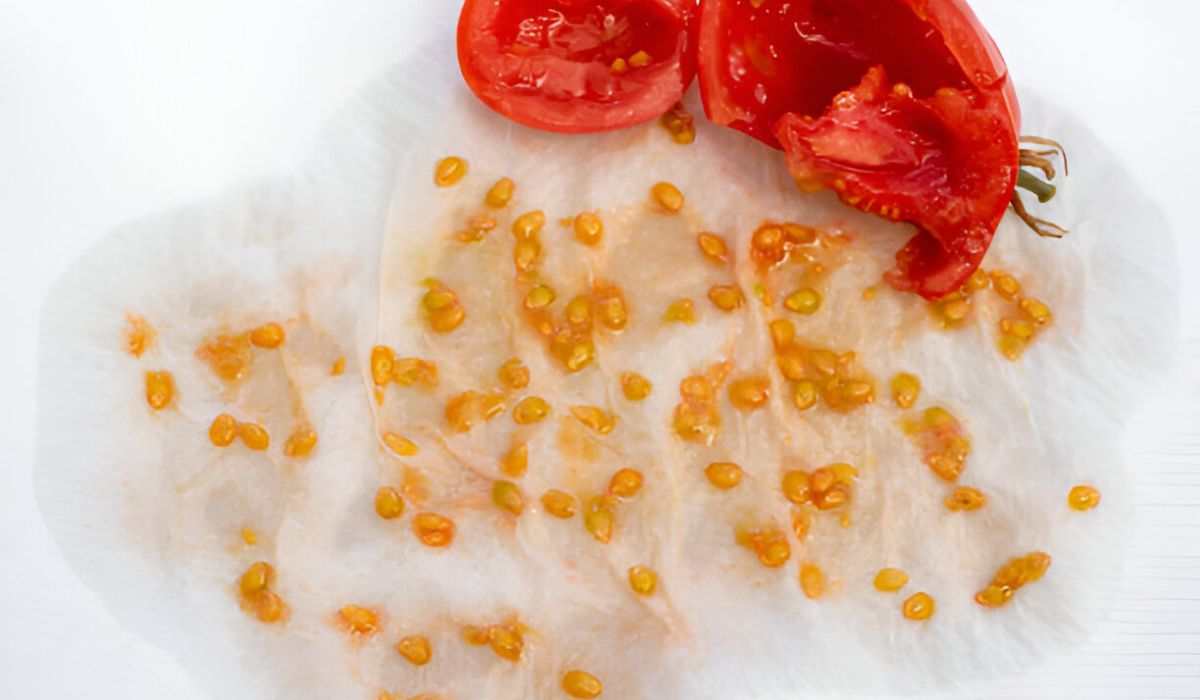

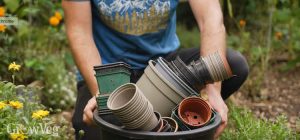
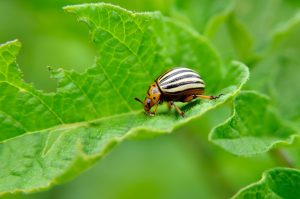
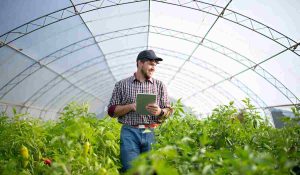
One Response